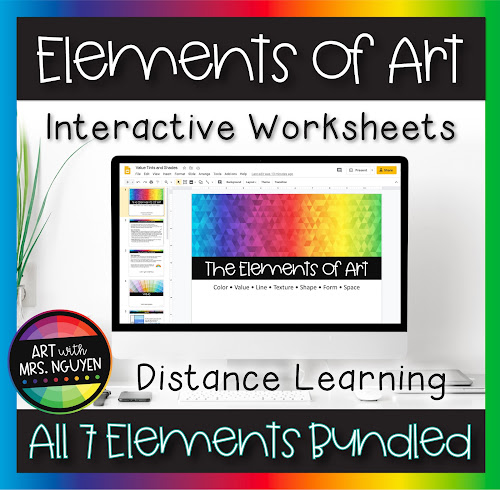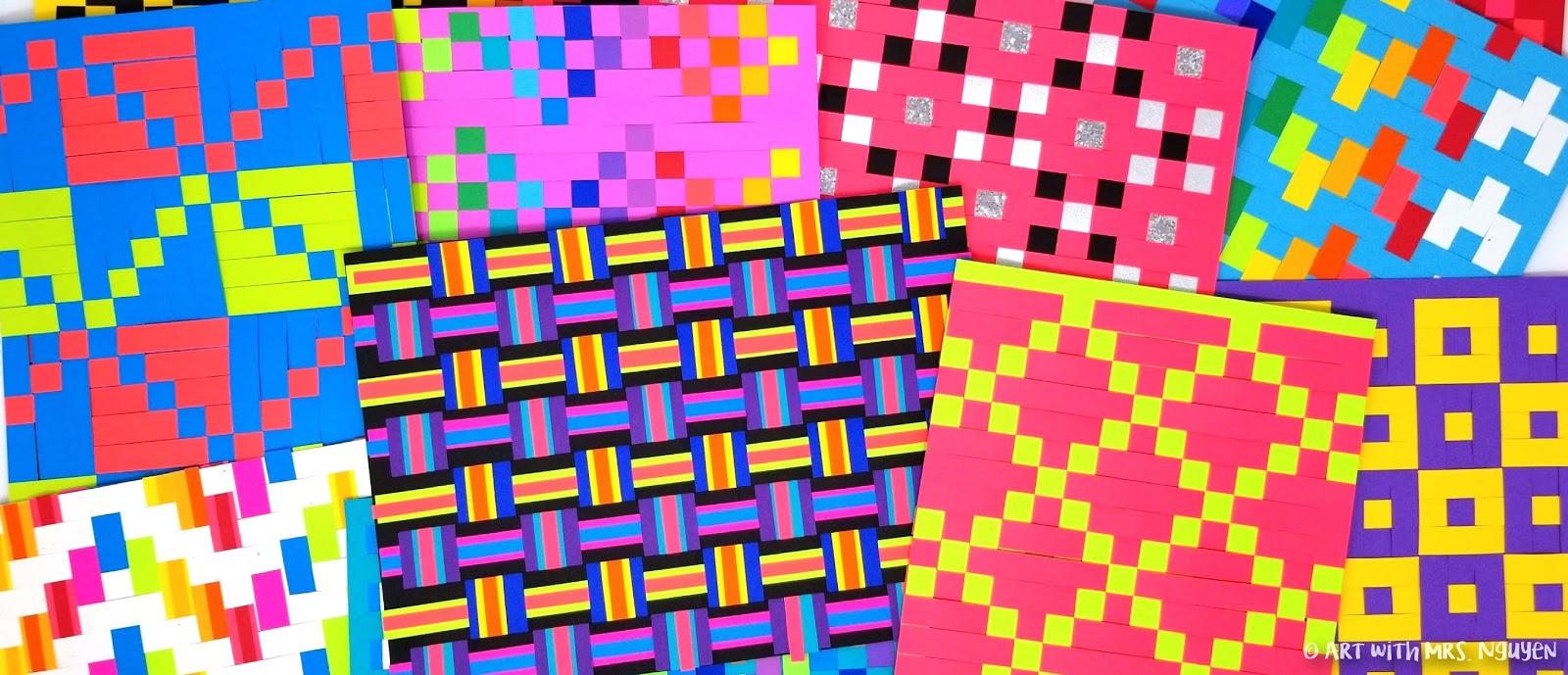Geometric watercolor quilts? Yeah.. I don't know about the name either.. but it's the best I've got for this one (the designs certainly do remind me of a quilt design). :) This design lesson is totally inspired by the...
 Geometric watercolor quilts? Yeah.. I don't know about the name either.. but it's the best I've got for this one (the designs certainly do remind me of a quilt design). :)
Geometric watercolor quilts? Yeah.. I don't know about the name either.. but it's the best I've got for this one (the designs certainly do remind me of a quilt design). :)
This design lesson is totally inspired by the absolutely amazing Josie Lewis (see her instagram here). She works in a whole bunch of mediums.. but her watercolor paintings are among my favorite pieces! She uses a whole bunch of geometric designs in her work and paints in a way that requires the utmost patience and attention to detail (one slip and the design gets messed up). That's why in this lesson, I use white wax pencil (affiliate link) to mark out my grid lines. *You could also use oil pastel.
To begin, start with a piece of 9"x9" 80lb white drawing paper. Check out the image below for folding directions.
After folding the paper to divide it into 16 squares, you'll need to use a white wax pencil (or oil pastel) to trace over all of the fold lines. Once that's completed, you'll use that wax pencil to draw diagonal lines going in both directions through all the squares (to make X's).
Once this is done, it's time to start painting!
The watercolor set I used for my examples is actually a set that I picked up from Josie Lewis' website (link here)... but you could really use any type of watercolors.
The way each triangle is painted is really up to you and your goals for the lesson. You could have students paint in the triangles with random colors, by using a specific color scheme (I like the idea of analogous colors contained within each square), or even using tints and shades.
Once every triangle has been painted, it's time to move onto adding texture and pattern with oil pastels! In my examples I selected oil pastels, that for the most part matched the watercolor paint it was going over.
I absolutely LOVE these! I can't wait to go back to work and do this lesson with some of my upper elementary (definitely using analogous color schemes)! Could you imagine how amazing a hallway display with a bunch of these would look?!



















